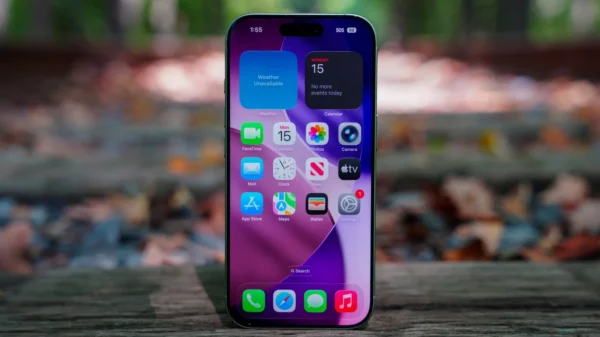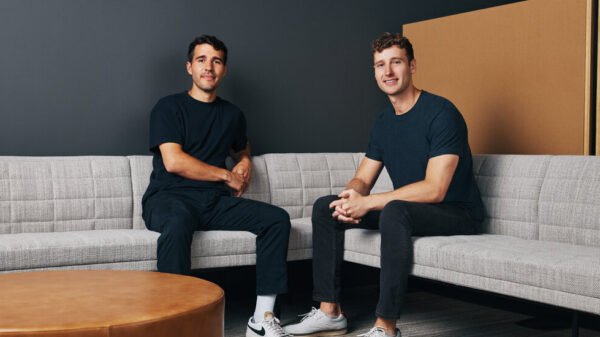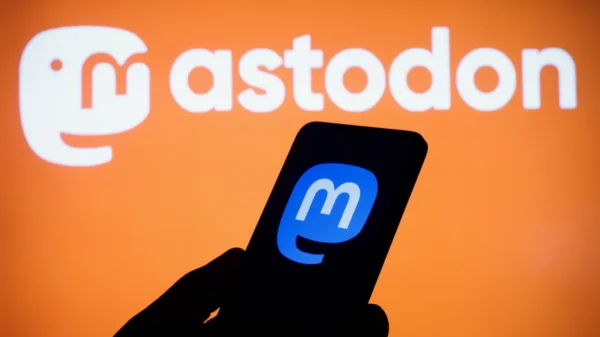The recommendation algorithm has a great deal of influence on video consumption on YouTube since it is one of the most popular sites among teenagers. Understanding how to manage and curate one’s feed for healthier, more productive content consumption is vital for teens interested in fitness and body weight.
Investigating How YouTube’s Algorithm Influences Adolescents’ Video Consumption Patterns
The goal of YouTube’s recommendation system is to increase engagement. Therefore, the platform frequently suggests videos that users have already shown an interest in. The algorithm can recommend healthier or less healthy movies to teens based on their interests in fitness, weight, or related subjects. Teens need to be able to tell the difference between fitness videos that promote healthy habits and those that could make them develop unhealthy ones, such as an unhealthy body image or an unhealthy obsession with exercise.
Effects of Exercise and Weight on Adolescents’ Emotional Well-Being
Issues with mental health might arise when teenagers fixate too much on their bodies and try to lose weight. Feelings of inadequacy, anxiety, and sadness can result from seeing content that promotes unrealistic body ideals, according to studies. Therefore, adolescent viewers need to identify fitness videos that promote moderate, healthy habits rather than unhealthy extremes. One way to have a positive attitude is to curate your feed so that it contains content from credible fitness experts.
Important Elements in Determining Credible Fitness Creator Credibility in Content: Choose videos made by people with credentials like personal trainers, dietitians, or experts in the field.
Research-Based Data: For fitness and diet recommendations backed by science, look for videos online.
Primary Aim: Long-Term Viability Give more weight to articles that highlight the health advantages of the long run rather than those that promise quick fixes.
The Importance of Adult Supervision in Tracking YouTube Activity
When it comes to helping teenagers make sense of YouTube’s mountain of content, parents and guardians really shine. Parents may make sure their teens are exposed to healthy content by setting limits and talking about good watching habits. Another way to help filter out hazardous or unsuitable information is to encourage younger adolescents to use YouTube Kids or parental restrictions.
Advice for Parents on How to Help Their Teens Take Control of YouTube Suggestions:
Transparent Dialogue: Your teen’s self-esteem and health may be affected by the content they see, so it’s important to talk to them about it often.
Restrictions and Filters: Turn on filters that won’t let you see anything on crash diets or overtraining.
Insist that people follow content creators who advocate for a moderate approach to exercise and healthy eating in order to encourage a balanced lifestyle.
Ways Teens Can Take Action to Create More Balanced YouTube Channels
To make sure their suggested material helps them reach their physical objectives without negatively impacting their mental health, teens should take a few proactive measures. Presented below are a few actionable approaches:
1. Participating in Fitness-Related Positive and Evidence-Based Platforms
Teens can make sure that their suggested feed is full of videos that encourage long-term exercise habits by subscribing to channels that offer balanced and scientifically based content. Optimal choices are often made by fitness influencers who prioritize long-term health over short-term remedies.
2. Making Use of the “Don’t Recommend Channel” Option
Teens have the option to utilize the “Don’t Recommend Channel” function to prevent more recommendations from channels that promote excessive body weight or fitness content. Potentially hazardous content is less likely to be seen as a result of this.
Step 3: Modifying Your Watch History Preferences
You may refresh or improve YouTube’s suggested videos for teens by managing their watch history settings. They can stop the algorithm from suggesting similar items by deleting their history or halting it for a while.
4. Adding Health-Related Music to Personal Playlists
Adolescents can develop positive attitudes toward exercise and body image by compiling fitness video playlists that emphasize health and wellness over thinness and beauty. They can avoid depending on automated recommendations and go straight to their favorite content creators via playlists.
Exercise Videos That Put Aesthetics Above Health: These videos emphasized looks rather than actual physical fitness.
Very Strict Diets: Programs Endorsing Very Strict Diets Unsupervised by Medical Professionals.
Media that promotes unrealistically thin or excessively muscular body types is an example of unattainable body standards.
Maintaining a Healthy Work-Life Balance in Adolescent Fitness and Body Image
Striking a balance between physical and mental health while pursuing fitness objectives is crucial. Adopting a balanced approach to physical activity is important for teens. Rather than striving for perfection, they should focus on activities that bring them joy and improve their general well-being. Adopting a mindful approach to exercise and letting go of negative body image thoughts can help teenagers develop a healthier relationship with physical activity.
Final Thoughts: Using YouTube to Encourage Health-First Exercise Routines
The abundance of fitness-related videos on YouTube can be a huge help to teens, but they need to be careful when using the site. Adopting a more positive and evidence-based approach to fitness content curation will help kids navigate YouTube’s recommendation system and steer clear of harmful body image ideals. In order to help their teens maintain a healthy lifestyle balance, parents should set a good example by steering them toward appropriate content consumption, such as exercise videos.












































